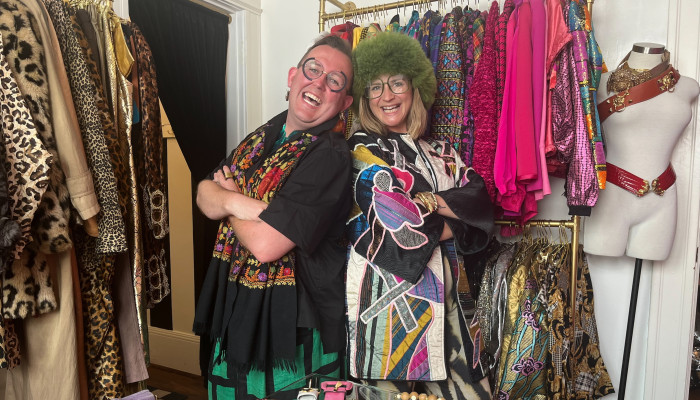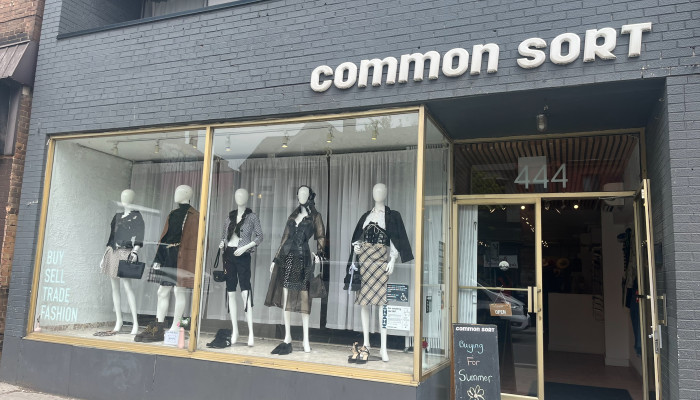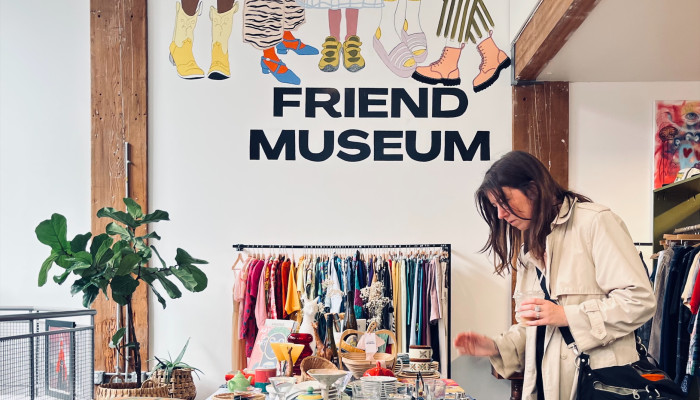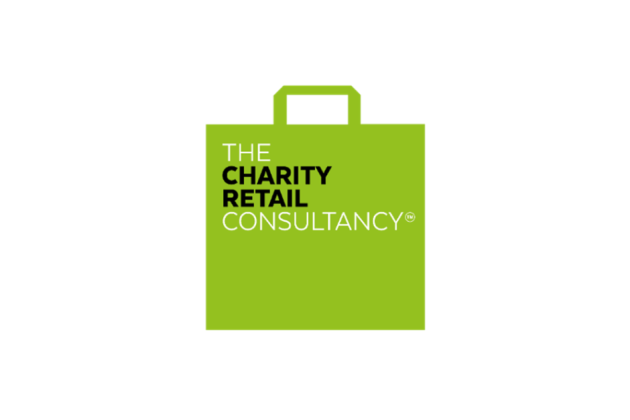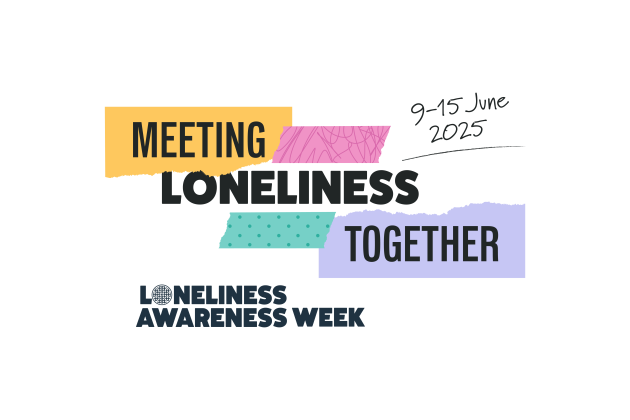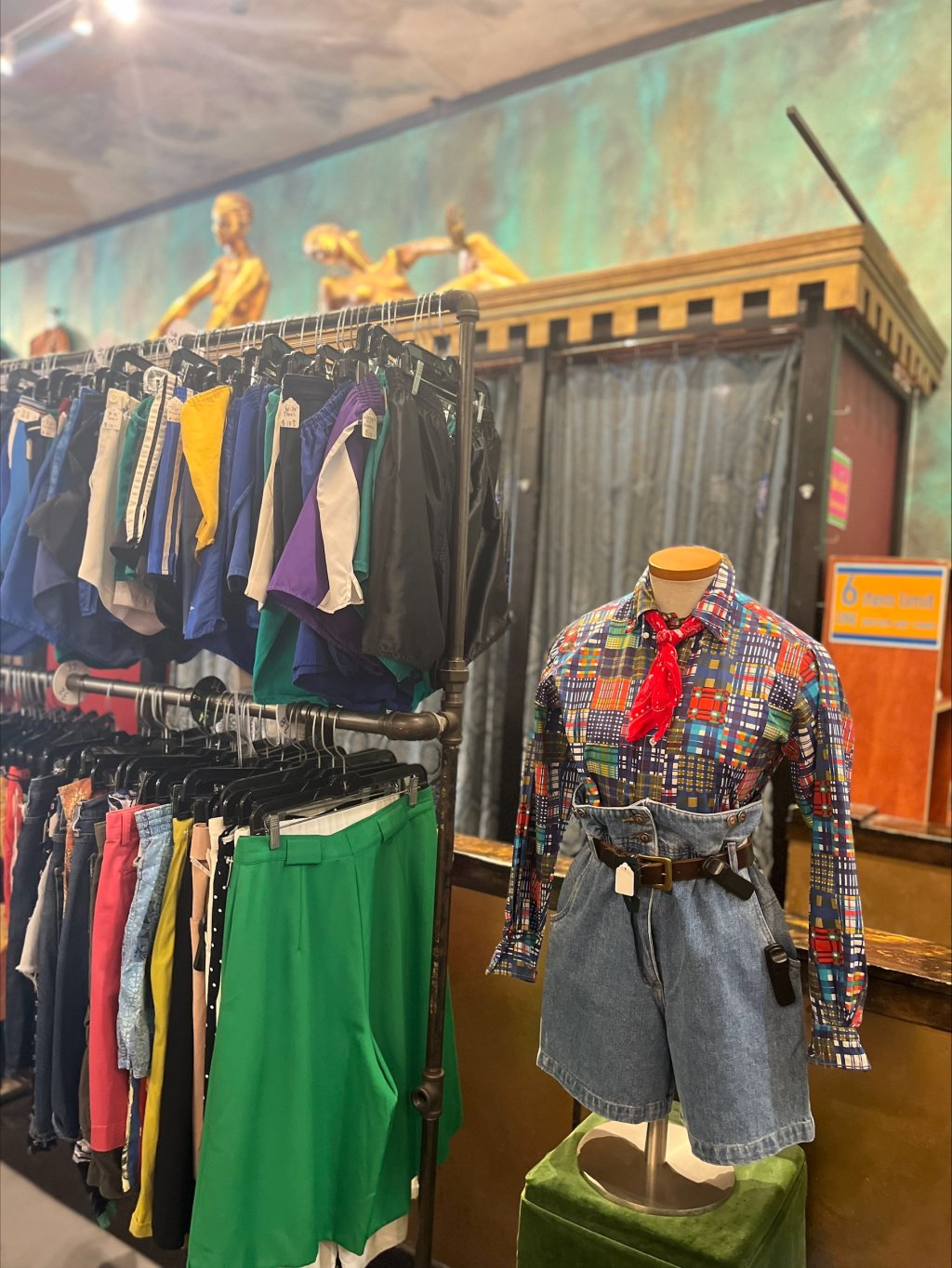
I’m currently in North America exploring all things charity retail. At its best, charity retail is a beautiful contradiction: low-cost yet high-value, purpose-driven but fashion-forward, both humble and ambitious. But here’s the truth I’ve seen repeated across Seattle, San Francisco, Toronto and beyond: purpose alone no longer guarantees relevance.
Knowing your audience does. Or, as Mary Portas might call it, thriving in the Joyconomy!
Many trends from North America often follow through to the rest of the western world, and what I’m witnessing is the charity sector facing a growing challenge - not from fast fashion, but from polished, for-profit resale businesses like Savers, and a wave of curated resale and consignment boutiques. These players are claiming both market share and the best product in the second-hand space. And they’re doing it by deeply understanding their customer.
Savers offers scale, structure and consistency. Blended resale stores offer curation and style. Boutique consignment shops deliver on aesthetic, quality, and service.
Whether or not you like their model, one thing is clear: they are winning the hearts of modern second-hand shoppers.
Meanwhile, many charity shops are still trying to serve “everyone” - and by doing so, risk serving no one particularly well.
What I’m Seeing on the Ground:
In Toronto city few charity retailers remain, yet resale is thriving. Common Sort (a for-profit social enterprise) trains its team to become stylists. Buyers undergo a three-month apprenticeship before being “crowned” and approved to curate the floor and the customers. The result? Fast-moving stock, a vibrant atmosphere, and a loyal customer base who feel seen and stylish.
In Seattle, Simple & Just (a modern, mission-led charity retailer) strikes the perfect harmony between social impact and store experience. It’s beautiful, calm, curated - and deeply purposeful. Customers may come for the aesthetic, but they stay for the values. Yet, their success is only viable due to their single store model.
Across North America, I’ve seen Savers / Value Village / Unique stores in every major city - often packed with younger customers and achieving turnover most charities would dream of. What struck me, too, is how their model is diversifying. Yes, they offer the big-box experience we’re familiar with, but they’re also trialling smaller, highly curated spaces that speak to an entirely new type of second-hand shopper.
In San Francisco, after spending the day in her favourite reuse shops, Kate, the Executive Director of the City’s Office of Economic and Workforce Development said it plainly:
“I don’t choose stores based on whether they’re a charity - I go where I know I’ll find the best stuff.”
This mindset is spreading fast. If the charity sector doesn’t adapt, it will be left behind - dealing with lower-quality donations, declining footfall, and a shrinking place in the reuse economy.
So, What Can Charity Retailers Do?
Here are three provocations - and three practical tools to respond:
1. Define your audience - not just your values
Who are you designing your store for? What do they want to feel, find, and tell their friends about?
🛠️ Tool: Create 2–3 customer personas. Give them names. What are their motivations, budgets, shopping styles, and values?
2. Audit the experience - not just the mission
Does your store layout match how your customers want to shop? Does your VM attract their eye - or just hold product?
🛠️ Tool: Walk your store like a customer. Use a basic “customer journey map” to identify key moments of delight or confusion.
3. Measure loyalty - not just donations
Are customers coming back? Do they remember your name? Are they telling others?
🛠️ Tool: Add a short, optional customer feedback form at checkout (paper or digital). Ask: What brought you in? What stood out? What could we do better?
A Final Word
Charity retailers have something the for-profits don’t: genuine mission. And arguably, their capacity for environmental impact is greater too. But without great execution, that mission gets drowned out.
Let’s not fear the Savers and Common Sorts. Let’s study them - and get better. Let’s meet our audiences where they are. Let’s show them that values-driven retail can also be desirable, delightful, and designed with them in mind.
If we want to hold our ground in the reuse economy, we must stop assuming people will shop with us because we’re a charity.
They’ll shop with us because we see them and engage them in the joyconomy!
